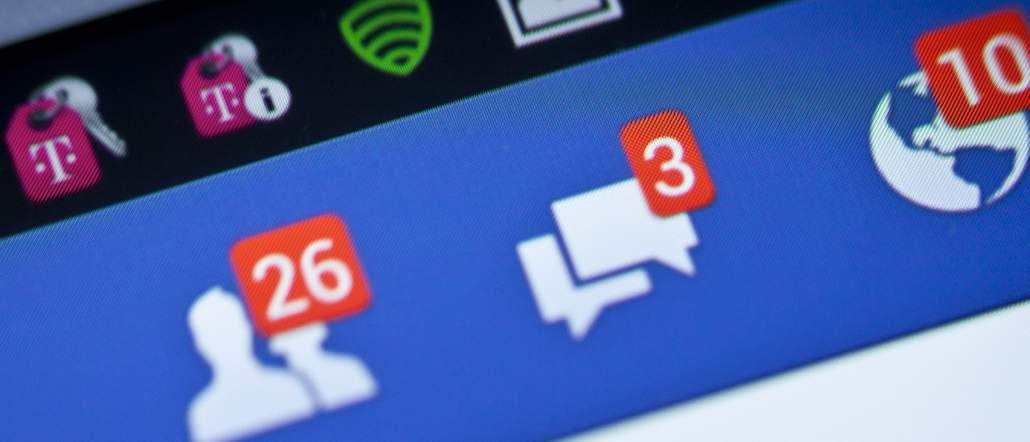
It’s easier to scale viewership on Facebook through aggregation of other people’s videos than by producing original content.
At least, that seems to be the message based on new data from video analytics firm Tubular Labs, which found that the top 10 “compilation channels” (i.e., Facebook pages offering a mix of original and other people’s content) generated 7.1 billion views on the platform in July. Comparatively, the top 10 “creator channels” (i.e., pages owned by publishers that only offer original content) did less than half that — 2.6 billion views on Facebook last month.
Most of the compilation channels aren’t name brands, but their audiences are huge. The top channel, called Funniest and Craziest Videos, posted 858 million views in July. The fifth-ranked channel, called StreetFX, hit 774 million views. Meanwhile, the top creator channel, BuzzFeed Video, generated 587 million views. (Though, admittedly, BuzzFeed is a unique case, with three channels in the creator top five, which collectively did more than 1.2 billion views in July.)
Aggregation has certainly become the name of the game for many video publishers and creators on Facebook. For instance, U.K.-based bro media companies The Lad Bible and Unilad, which came in second in Tubular’s July rankings with 838 million views, are using videos submitted by their fans to scale their viewership numbers. (Both also do some original content.)
“My guess is that they are finding the content that they think is going to do well from an earned and viral perspective, and are then sharing it,” said Jeanne Bright, vp and director of paid social and strategy at DigitasLBi. It’s certainly easier to build viewership this way, which doesn’t require the same level of investment as original content.
And that’s the thing: “User-generated content” has been a boon to Facebook. According to Tubular, in June, 75 percent of the top 100 videos on Facebook were UGC clips — that’s up from 50 percent in January. People like to share whatever they like on the platform and are indifferent to its level of quality. Facebook’s algorithm also doesn’t discriminate; it just wants to feed people more of what they like.
Some YouTube stars are even taking advantage of this. For instance, YouTubers Disturbed Reality, a magician with close to 720,000 subscribers, and SoFloAntonio, a comedian/prankster with more than 3 million subscribers across multiple channels, are aggregating other people’s videos on their Facebook pages.
For those who don’t have the brand recognition of BuzzFeed or a high-profile YouTube star, that might be the play on Facebook. “You’re not seeing the rise of a new Bethany Mota on Facebook,” said Allison Stern, co-founder of Tubular Labs, referring to the beauty and fashion YouTube star. “Facebook is not the platform for that type of person.”
Of course, the problem is that “aggregation” can also mean “illegal” when it comes to Facebook, which has been criticized by online video creators of enabling a system where anyone can upload a clip natively even if they don’t own it — a term that has become known as “free-booting.”
A separate report by Tubular and Social@Ogilvy found that 725 of the top 1,000 most popular Facebook videos during the first quarter were “non-original” uploads. In its July rankings, Tubular said it was unclear how many of the views for the top compilation channels came on owned versus stolen content. (To be sure, this problem goes beyond video and Facebook, as evidenced by the recent outcry around The Fat Jew’s tendency to steal other people’s stuff and repost on Instagram and Twitter.)
In a way, what’s happening on Facebook is no different than what happened on YouTube, which also scaled thanks to a lot of user-generated (and illegally uploaded) content. But while Facebook has said it’s working on a solution to the piracy issues, it might need to move faster.
“It took YouTube 10 years to get to a scale Facebook seems to already be at,” said Krista Lang, svp and executive media director at 22squared. “It means Facebook will have to deal with [the piracy issue] as quickly.”
It could become a bigger problem for Facebook once it hammers out a video monetization plan. Right now, the company is testing a “suggested videos” feed, which threads similar content together with ads interspersed between some of that content. The feature is only available to a limited number of big-name publishers. But what happens when more publishers and creators have access to monetization? Advertisers aren’t exactly thrilled with low-quality content — just ask YouTube.
“With suggested videos, it’ll be interesting to see if they can offer placement targeting,” said Bright. “That’s a huge issue with YouTube right now, where you have to buy by category but not specific channels with high-quality content. You end up making an audience or contextual ad buy that has a whole mix of quality. Hopefully Facebook learns from that: why, from a buyer’s perspective, YouTube can be frustrating.”
Others believe the challenge might fall on advertisers. “If that’s what’s breaking through, as marketers we would need to provide the same type of content in an authentic way in that feed,” said Lang.
Image via Twin Design / Shutterstock.com
More in Media

Media Briefing: The top trends in the media industry for 2025
This week’s Media Briefing takes a look at the top trends from 2025, from digital advertising revenue performance to AI licensing deals.

Digiday Scorecard: Publishers rate Big Tech’s AI licensing deals
Digiday has compiled a scorecard grading AI platforms to make sense of the growing number of players in the AI content licensing market.

Publishers are hunting for AI prompt data — now they’re starting to get it from third-party companies
Publishers are finally gaining some visibility into AI search, as new prompt data tools crack open a black box.





